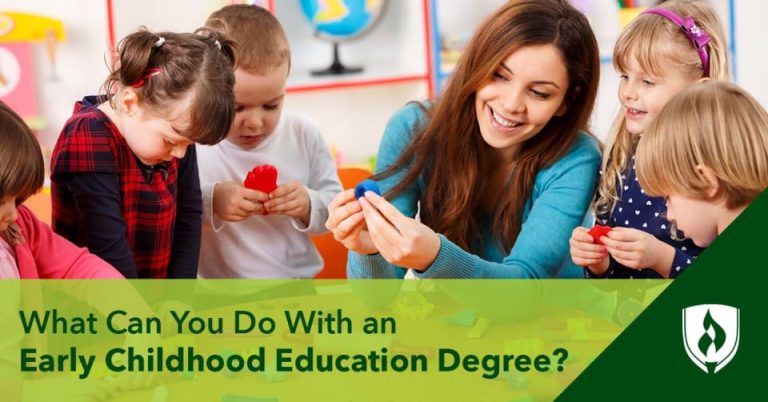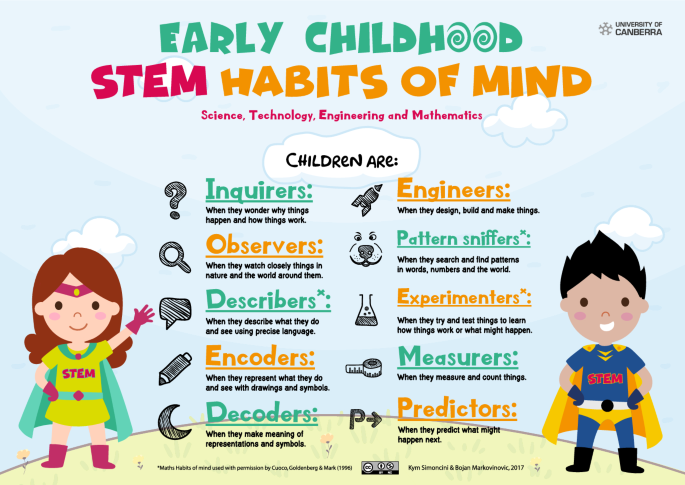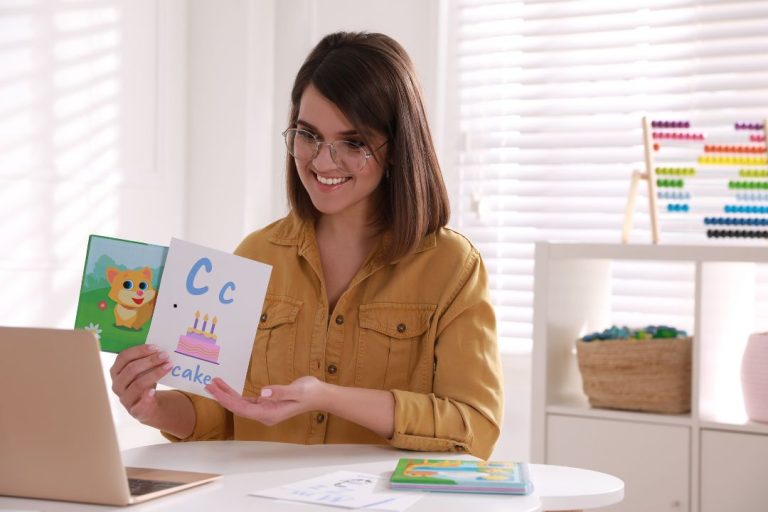Why is Art Important in Early Childhood Education : Cultivating Creativity and Critical Thinking
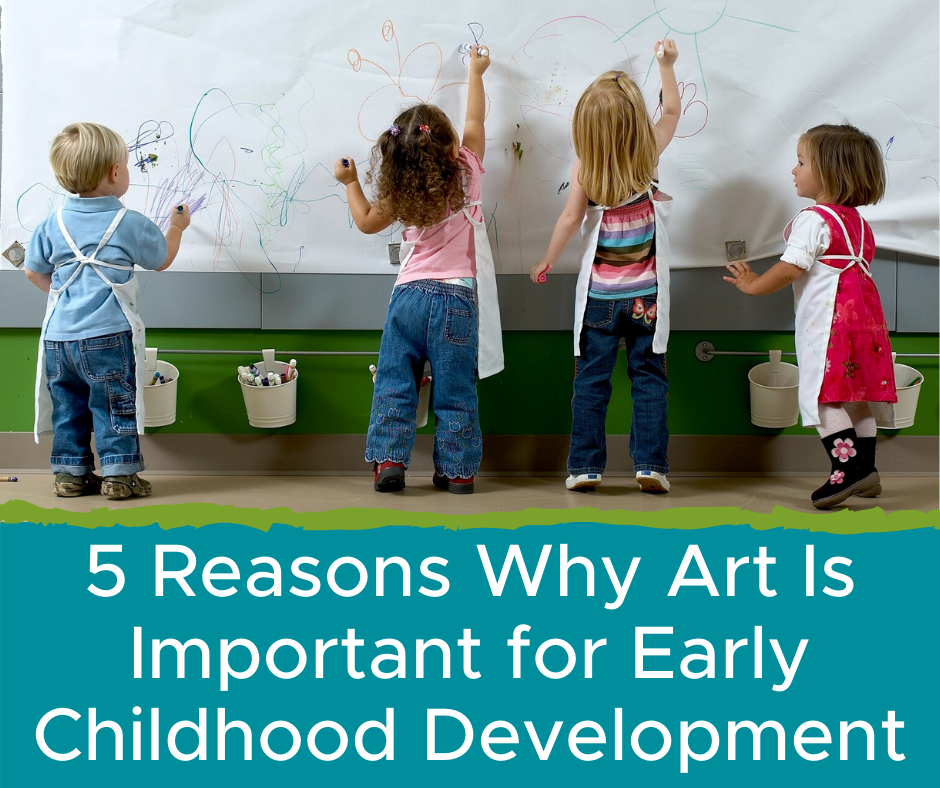
Art is crucial in early childhood education for fostering creativity and self-expression, essential for overall development. Through art, children can explore their emotions and enhance cognitive skills, promoting imagination and problem-solving abilities.
Additionally, art allows children to develop fine motor skills and learn about different cultures and histories, encouraging curiosity and open-mindedness. In early childhood education, art plays a fundamental role in helping children build confidence and self-esteem as they express themselves through various creative mediums.
By integrating art into the curriculum, educators can provide a well-rounded learning experience that nurtures the holistic development of young learners.

Credit: www.slideshare.net
The Role Of Art In Early Childhood Education
Art plays a crucial role in early childhood education, providing children with various developmental and educational benefits. Through creative expression, children can enhance their cognitive, emotional, and physical skills. The role of art in early childhood education encompasses encouraging creativity, developing fine motor skills, and fostering a sense of self-expression and exploration.
Encouraging Creativity
Art in early childhood education encourages creativity by allowing children to express their thoughts, feelings, and imagination through various mediums such as drawing, painting, and sculpting. This process of self-expression fosters critical thinking and problem-solving skills, enabling children to explore new ideas and concepts in a visually engaging manner.
Developing Fine Motor Skills
Engaging in art activities such as coloring, cutting, and pasting helps in developing fine motor skills in young children. These activities require precise hand-eye coordination and control, which are essential for writing, drawing, and other everyday tasks. By practicing these skills through art, children enhance their dexterity and hand strength, laying the foundation for future academic success.
Benefits Of Art In Early Childhood Education
Art plays a crucial role in early childhood education, offering a myriad of benefits that contribute to a child’s holistic development. The integration of art in learning environments encourages cognitive growth, emotional expression, and social interaction, fostering a well-rounded educational experience. In this section, we will delve into the numerous advantages of incorporating art into early childhood education.
Enhanced Cognitive Development
Art in early childhood education stimulates critical thinking, problem-solving, and creativity. Through artistic activities, children engage in sensory exploration, spatial awareness, and decision-making, which are essential components of cognitive development. The process of creating art enhances their ability to observe, analyze, and interpret the world around them, nurturing their cognitive faculties.
Emotional Expression And Regulation
Art provides a platform for children to express their emotions, thoughts, and experiences in a non-verbal manner. This form of expression aids in emotional regulation, allowing children to convey their feelings and experiences through visual representation. Engaging in art activities empowers children to communicate their inner world, fostering emotional intelligence and self-awareness.
Art As A Tool For Critical Thinking
Art plays a crucial role in early childhood education by serving as a powerful tool for developing critical thinking skills. Through artistic activities, children are encouraged to explore, question, and analyze the world around them, laying the groundwork for effective problem-solving and decision-making abilities.
Problem-solving Skills
Engaging in art activities fosters the development of problem-solving skills in young children. When faced with a blank canvas or a mound of clay, kids are presented with the opportunity to think critically and creatively. They must consider how to bring their ideas to life and overcome any challenges that arise during the creative process, thereby enhancing their ability to tackle problems in a thoughtful and innovative manner.
Decision-making Abilities
Art provides a platform for children to practice and refine their decision-making abilities. From selecting colors and materials to determining the best way to depict their imagination, young artists are constantly making choices throughout the artistic process. This hands-on experience helps them learn to evaluate options, make informed decisions, and take ownership of their creative outcomes, laying a strong foundation for confident decision-making in various aspects of their lives.
Integration Of Art Across Curriculum
Integrating art across the curriculum is crucial for fostering holistic development in early childhood education. By incorporating art into various subjects, children can enhance their creativity, critical thinking, and problem-solving skills. This approach encourages a multidisciplinary learning experience that promotes active engagement and deeper understanding of academic concepts.
Mathematics And Art
Art provides a unique platform for young children to explore mathematical concepts in a creative and interactive manner. Through activities such as geometric shape collages, pattern creation, and measuring with art materials, children can develop a deeper understanding of mathematical principles while honing their artistic skills.
Science And Art
Integrating art into science education allows children to engage in hands-on experimentation and observation, fostering a deeper appreciation for scientific concepts. By creating art inspired by nature, conducting experiments with color mixing, and exploring the principles of light and shadow through art, children can develop a greater understanding of scientific phenomena in a visually stimulating way.
Incorporating Diverse Art Forms
Exploring diverse art forms in early childhood education is crucial for fostering creativity and imagination in young minds. By incorporating various art forms, children can develop a well-rounded appreciation for different expressions of creativity.
Visual Arts
Visual arts encompass drawing, painting, and sculpting, allowing children to explore colors, shapes, and textures. Through visual arts, kids can express themselves and enhance their fine motor skills.
Music And Movement
Music and movement activities help children develop rhythm, coordination, and listening skills. Dancing, singing, and playing instruments engage multiple senses and promote emotional expression.
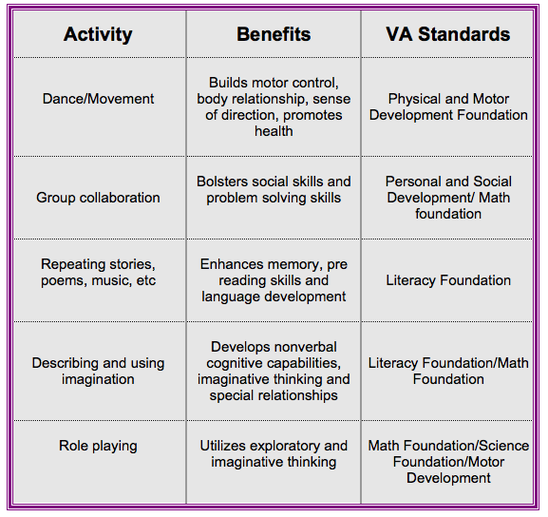
Credit: www.artsonthehorizon.org
Challenges And Solutions In Art Education
Limited Resources
Art education in early childhood settings often faces the challenge of limited resources. Schools and childcare centers may struggle to allocate funds for art supplies, hindering the ability to provide diverse and high-quality materials for young learners. This can restrict the opportunities for children to explore different artistic techniques and mediums, impacting their overall creative development.
Inclusive Practices
Ensuring that art education is inclusive presents another challenge. Diverse student populations require adaptations and accommodations to meet the needs of every child. Incorporating universal design principles in art activities can promote accessibility and encourage participation among children with varying abilities and backgrounds.
Parent And Community Involvement In Art Education
Encouraging parents to engage in art activities at home plays a crucial role in fostering a child’s creativity and imagination. Art at Home provides an opportunity for children to explore their artistic expression in a familiar and comfortable environment.
Encouraging Art At Home
- Create a designated art space in your home with basic art supplies like crayons, markers, and paper.
- Engage in art projects together to bond and encourage your child’s artistic skills.
- Display their artwork proudly to boost their confidence and sense of accomplishment.
Community Art Programs
Community art programs offer children exposure to a variety of artistic experiences beyond what they can access at home or school. Art Programs in the community provide a platform for children to interact with professional artists and other like-minded individuals.
- Participate in local art classes or workshops to broaden your child’s artistic horizons.
- Attend art exhibitions and cultural events to inspire creativity and appreciation for different art forms.
- Support community art initiatives to ensure continued access to art education for all children.
Future Implications And Research In Art Education
Art plays a crucial role in early childhood education, fostering creativity and cognitive development. Future research in this field will uncover the long-term impact of art education on children’s overall learning and well-being. Understanding the implications can lead to enhanced educational practices and improved outcomes for young learners.
Art education in early childhood has been an essential aspect of learning for many years. However, with the advancements in technology and changes in the education system, the future implications of art education are becoming more critical. Ongoing research in the field of art education has shown that art plays a crucial role in the development of children’s cognitive, emotional, and social skills. Additionally, art education has been linked to improved academic performance, creativity, and critical thinking skills.Technology Integration
With the integration of technology in education, art education is also evolving. Digital art tools, such as tablets and computers, are becoming more accessible and affordable, allowing children to explore their creativity digitally. Integrating technology into art education can also enhance children’s learning experience and make it more engaging. For instance, children can create interactive art projects using digital tools, which can teach them about technology, coding, and design.Assessment Methods
Assessing children’s learning progress in art education can be challenging due to its subjective nature. However, it is crucial to evaluate children’s art skills to identify their strengths and weaknesses and provide personalized learning opportunities. Traditional assessment methods, such as written exams, may not be suitable for art education. Instead, alternative methods, such as portfolios, peer evaluations, and self-assessments, can better reflect children’s art skills and progress. These assessment methods can also encourage children to take ownership of their learning and develop their self-evaluation skills. In conclusion, the future of art education is bright, and ongoing research in the field continues to highlight the essential role of art in early childhood development. Integrating technology into art education and utilizing alternative assessment methods can enhance children’s learning experience and provide personalized learning opportunities. As such, it is crucial to continue to prioritize and invest in art education to ensure that children receive a well-rounded education that fosters their creativity, critical thinking, and social-emotional skills.
Credit: www.canr.msu.edu
Frequently Asked Questions
Why Is Arts Important In Early Childhood?
Arts in early childhood encourage creativity, imagination, and cognitive development. It enhances problem-solving skills and boosts self-expression.
What Are The Benefits Of Art Education For Children?
Art education for children has numerous benefits, including improved creativity, problem-solving skills, motor skills, and self-expression. It also promotes cultural awareness, emotional development, and academic performance. In short, it helps children develop essential life skills while fostering their love for creativity and imagination.
How Does Art Help Children’s Brain Development?
Art enhances children’s brain development by stimulating creativity, critical thinking, and problem-solving skills. It also boosts cognitive abilities and promotes emotional intelligence, aiding in overall brain growth and development.
What Are The Goals For The Early Childhood Art Program?
The goals for the early childhood art program are to foster creativity, develop fine motor skills, encourage self-expression, and promote cognitive development. The program aims to provide a safe and supportive environment for children to explore and experiment with various art materials and techniques.
Conclusion
Art is an essential part of early childhood education that helps children develop their creativity, imagination, and critical thinking skills. By engaging in art activities, children learn to express themselves, communicate their emotions, and explore their surroundings. Additionally, art promotes cultural awareness and social skills, as children learn to respect and appreciate different forms of art and work collaboratively with their peers.
As such, incorporating art into the early childhood curriculum is vital for fostering holistic development in young children. So, let us encourage and support the arts in early childhood education for a brighter future.
Lorem Ipsum is simply dummy text of the printing and typesetting industry. Lorem Ipsum has been the industry’s standard dummy text ever since the 1500s, when an unknown printer took a galley of type and scrambled it to make a type specimen book.

